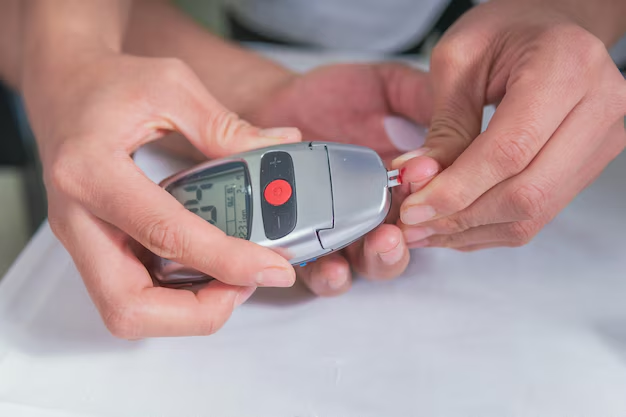How to Tell If You Might Have Diabetes: A Simple Guide
Navigating the curiosities and concerns of health can feel daunting—especially when wondering if symptoms align with a diabetes diagnosis. If you suspect you might have diabetes, it’s crucial to understand some of the signs and symptoms to watch out for and what steps to take next. This guide will walk you through recognizing potential symptoms and transitioning to resources aimed at alleviating the financial burden that might come with managing diabetes.
Recognizing Symptoms
Understanding the key indicators of diabetes can help you identify whether it’s time to consult a healthcare professional. Some common symptoms include:
- Frequent urination and increased thirst
- Extreme hunger or unintended weight loss
- Fatigue and irritability
- Blurred vision
- Slow-healing sores or frequent infections
While these symptoms can be telling, only a medical professional can accurately diagnose diabetes through specific blood tests.
Taking Action
If you recognize any of these symptoms, it’s advisable to consult a healthcare provider as soon as possible. They can perform the necessary tests, such as the A1C test, fasting blood sugar test, or oral glucose tolerance test, to determine if you have diabetes.
Coping with a Diagnosis
Receiving a diabetes diagnosis can have both emotional and financial implications. Managing this condition involves regular medication, monitoring blood glucose levels, and making lifestyle changes. Fortunately, several government and non-profit programs offer support:
- Medicaid and Medicare: These programs provide medical assistance, covering costs associated with diabetes management tools and medications.
- Non-profit organizations: Groups like the American Diabetes Association offer resources and community support.
- Supplemental Nutrition Assistance Program (SNAP): This program can help alleviate the costs of nutrition, which is key in managing diabetes.
Financial Assistance and Educational Opportunities
Navigating the financial aspects of diabetes is a journey in itself. Continual access to medications, testing supplies, and consultations can become expensive. Thankfully, financial aid and support options are widely available:
- Prescription Assistance Programs: Designed to help those without insurance or with high deductibles, these programs can reduce medication costs.
- Diabetes Management Training: Many organizations provide educational grants for programs designed to teach effective management of diabetes through lifestyle changes.
By remaining informed about these resources, you can tackle the financial challenges with greater ease and focus on maintaining your health.
Key Financial Resources and Opportunities 💸💼
- Medicaid / Medicare: Provides medical coverage and support for managing diabetes. 💊
- SNAP: Assists with purchasing necessary nutritious food. 🥦
- American Diabetes Association: Offers a wealth of information and support resources. 📚
- Prescription Assistance Programs: Helps reduce out-of-pocket costs for medications. 💊
- Education and Support Groups: Available through local health departments and non-profits. 👫
- Employee Assistance Programs: Many workplaces offer additional support through these programs. 🤝
Understanding and taking advantage of these resources can make a significant difference in managing a diabetes diagnosis without sacrificing your financial well-being. Stay informed, seek support, and prioritize your health.
